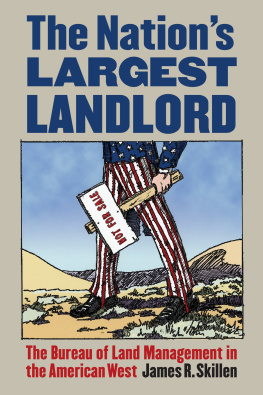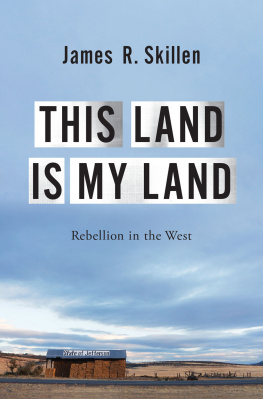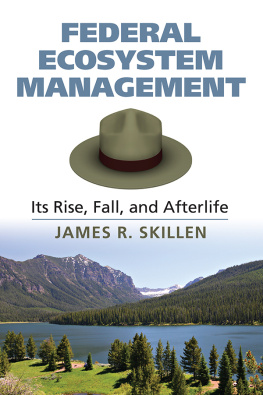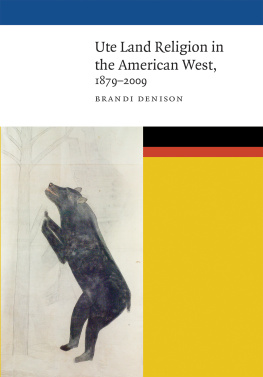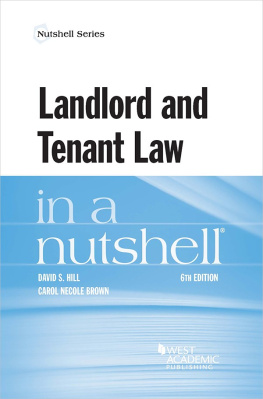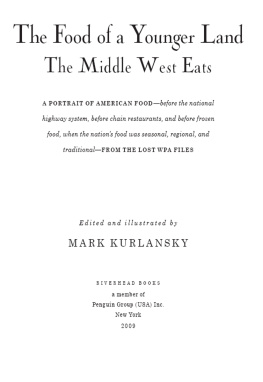2009 by the University Press of Kansas
All rights reserved
Chapter three incorporates some text originally published in Closing the Public Lands Frontier: The Bureau of Land Management, 19611969. Journal of Policy History 20, no. 3 (2008). Copyright 2008 by the Pennsylvania State University.
Published by the University Press of Kansas (Lawrence, Kansas 66045), which was organized by the Kansas Board of Regents and is operated and funded by Emporia State University, Fort Hays State University, Kansas State University, Pittsburg State University, the University of Kansas, and Wichita State University
Library of Congress Cataloging-in-Publication Data
Skillen, James.
The nations largest landlord : the Bureau of Land Management in the American West / James Skillen.
p. cm.
Includes bibliographical references and index.
ISBN 978-0-7006-1671-8 (cloth : alk. paper)
ISBN 978-0-7006-1895-8 (pbk : alk. paper)
ISBN 978-0-7006-2253-5 (ebook)
1. United States. Bureau of Land Management. 2. Public landsWest (U.S.)Management. 3. National parks and reservesWest (U.S.)
4. National monumentsWest (U.S.) I. Title.
HD243.W38S55 2009
333.730978dc22 2009009675
British Library Cataloguing-in-Publication Data is available.
Printed in the United States of America
10 9 8 7 6 5 4 3 2 1
The paper used in this publication is acid free and meets the minimum requirements of the American National Standard for Permanence of Paper for Printed Library Materials Z39.48-1992.
For Bethany
Preface
This project began with a simple set of questions. First, why dont the lands managed by the Bureau of Land Management have a name? Or rather, why didnt they have a name until December 2008, when Interior Secretary Dirk Kempthorne designated them as the National System of Public Lands? Throughout this project I refer to them as the public lands because this is the title that Congress uses in the BLMs broadest statutory authority, but Congress does not use this as a proper name. Second, why is the Bureau of Land Management so different from the U.S. Forest Service when the two agencies have virtually identical missions in their primary authorizing legislation? Third, why was the federal land agency that manages the largest number of acres also the weakest agency politically during the twentieth century?
To answer these questions, I initially set out to locate a definitive, or at least moderately comprehensive, history of the BLM and was surprised to find very few book-length treatments of the agency as a whole.
Faced with the complexity of the BLMs history, I relinquished my initial impulse to identify a single narrative thread that holds the agencys story together. Perhaps more deeply, I relinquished the search for a teleological account of the BLM and the public lands. The BLMs story may have looked as though it had a clear trajectory in the 1960s, when it became clear that the public lands would remain in permanent federal ownership and the great public lands historians such as Paul Gates and Vernon Carstensen emphasized the triumph of public ownership. By the end of the twentieth century, however, political and ecological crises such as the Sagebrush Rebellion and the Northwest Forest Plan made it difficult to see public ownership itself as a triumph. Without a central narrative thread, I chose to follow the many narratives that rise and fall throughout the BLMs story in search of some kind of unity.
One of these threads is the basic question of public and private property rights. Ranchers in particular have argued that they hold a common-law right to use the public lands range based both on the long history of public lands grazing and on the investments that they have made in their grazing allotments. The courts have consistently rejected these claims, yet with the protection offered by western members of Congress, grazing privileges have looked like and in many ways functioned like property rights for almost a century.
Another thread that runs through the agencys history is the contentious issue of federalism. Constitutionally, the federal government holds authority to regulate federal lands as both a proprietor and a sovereign, and given the concentration of federally owned land in the West, this authority has made the federal government a de facto land-use planner for the region. The federal government has attempted to ease tensions with western states by giving them payments in lieu of property taxes and by showing deference to state governments in administrative decision making. Still, tension between the federal government and state governments has flared repeatedly over the last century. The Sagebrush Rebellion of the late 1970s and early 1980sdiscussed in chapter sixis but one example.
Still another thread is the rise of environmental values and management goals in the 1960s and the evolution of those values during the second half of the twentieth century. All federal land and resource agencies have adopted new environmental values and management goals, but the BLMs initial response lagged behind those of the Forest Service, National Park Service, and U.S. Fish and Wildlife Service, in large part because it did not have an environmental constituency to support its work.
In tracing these and other threads through the BLMs history, I began to see that perhaps ambiguitypolitical, social, and economicis itself a central narrative thread that holds the story together. The very questions that prompted this project suggest as much, for the BLM is an agency of limited political power that manages a collection of nameless lands in the American West. There have been moments of consensusadmittedly fleetingover the purpose and meaning of national forests and national parks, but there has never been any consensus over the federal purpose of public lands managed by the BLM. This has had an enormous impact on the BLM, and for the last sixty years it has been an agency in search of a mission.
During the BLMs first two decades, the level of ambiguity in its mission set it apart from other federal land agencies. The U.S. Forest Service, for example, still enjoyed considerable autonomy, professionalism, and esprit de corps during these decades, and conservationists often measured the BLM by Forest Service standards. However, from the early 1970s through the end of the twentieth century, the differences between the BLM and the Forest Service faded considerably. The shift came in part because the BLM became more professional and independentthat is, more like the Forest Servicebut the deeper reason that the agencies are more similar today is that the Forest Service lost much of its autonomy, professional homogeneity, and clarity of purpose.
By the beginning of the twenty-first century, the main thrust of federal land and resource conservation had little to do with heroic, professional, and autonomous federal agencies speaking for the public good, which is the model that the Forest Service pursued for most of its history. Federal land and resource agenciesfloating on a sea of litigation, financially handicapped in congressional appropriations, and beset by urban and exurban expansion in public lands states such as Nevada, Arizona, and Utahcould no longer aspire to professional independence. Instead, planning and management processes had become increasingly cross-jurisdictional, collaborative, site-specific, and court mediated. As odd as it may sound, the BLMs chronic struggle for clarity of purpose had in many ways prepared it for the new climate of federal land management, whereas this same climate created nothing less than an institutional crisis for the U.S. Forest Service.


